The struggle is real. We are operating in a business climate that is evolving at a torrid pace, notably in our organizations—digitization of everything, artificial intelligence and automation, the literal destruction of the traditional workplace from commuting to one physical location to working from anywhere in the world, and more. While the Baby Boomers continue to work out of necessity and habit, Gen Z and Gen Y are taking over and they do things very differently. Strict bureaucracies and rigid formal organizational structures are getting replaced by flatter ones that allow and enable rapid change, fluidity in decision making, agility to pivot and change course, and putting more empowerment in the hands of the experts—a.k.a. Your employees. No longer are organizations run like puppets where the puppet master calls the shots by controlling every decision and every move. Then throw the global COVID-19 health pandemic on top of this and you can see we are operating in a new era.
So, how do we deal with all of this? How do we shift our operating practices to ensure your organization remains competitive and successful? How do we ensure that our leaders have the right skills and are being developed successfully? The answer is not an easy one but we know with 100% certainty that doing things “how you used to do them” will result in utter failure. Just like our organizations need to evolve how they operate, so do how we think about supporting our leaders and their skills.
How did we use to develop leadership skills? Perhaps you sent your leaders off to an executive leadership program at a university or college? Maybe you built your own program, or contracted a leadership development expert to deliver one. Whatever you did, it was focused on your leaders participating in a university-like environment. While your leaders were physically there and dialed in, as soon as they left the four walls of the classroom, they went back to their jobs and carried on as normal. Did they practice their new skills? Did anyone work with them to ensure newly learned skills were adopted? Did they get support to successfully integrate newly skills into their daily workflows? Was there follow-up? Likely no, no, no and more no’s. Was your organization able to measure the impact of your significant investment (sending your leaders to an executive leadership program is not cheap)?
Learn how to implement employee well-being into your total rewards with our free guide.
We need to take a pause and completely rethink how we work with our leaders to support them and develop them. The recipe for success includes the following key things:
- Hands-On Group Learning—people learn in many different ways but practicing and doing while in a group environment is ideal. We live a world where everything is about “experience”. Do the same thing when delivering training—leverage virtual technology, group discussions and practice while keeping workshops fairly short in length (max 2-3 hours because our attention spans won’t last that long).
- Post-Workshop Support—it’s important to break up development programs into smaller chunks so a) the material is not overwhelming and b) participants have the time to practice what they just learned—a.k.a. “Adoption”. The honest truth is that we really suck at holding ourselves accountable for post-workshop practice/work. Hire a coach to support your leaders in groups and individually to hold them accountable for their learning. The investment is worth it and will reap huge rewards in the long run.
- Use Technology—learning is complicated. While in the moment and your attention is 100% focused on the workshop, you’re good. But, as soon as you leave the workshop confines your memory does not become your best friend. It’s important for all learning materials to be easily accessible in the cloud. Record your training sessions, post your learning materials and enable group chat and collaboration. We’re a major supporter of Google Workspace, which will make it really easy to enable ease of information access and sharing. Remember that employees look for information when they need it, and if it’s difficult to find something, you’ve lost an opportunity to maximize learning and development.
- Measure—yes, this is cliche and obvious but it needs to be mentioned. It’s important to identify the core objectives for your leadership development efforts. Are you trying to reduce employee turnover? Improve business productivity? Promote a higher number of people managers? These objectives may change over time and that’s perfectly fine but it’s important to articulate the business reasons behind investing in leadership development.
While the objective of leadership development has always been to improve your business and your people leaders, it’s been a constant struggle to truly maximize its impact. If you use a traditional approach, or what we like to call “old school approach”, it will certainly fail and fall short of your expectations. Taking a multifaceted approach that leverages technology, maximizes participant experiences, and includes one-on-one support throughout the full cycle of learning will significantly improve your chances of success.
Multi-dimensional support is what we do at ScaleHR—training, workshops, coaching, mentorship and strategic advisory. No one solution will solve all of your challenges by themselves. It takes a diverse approach much like investing in a stock portfolio—minimizing risk and maximizing your chances of success is the name of the game.









